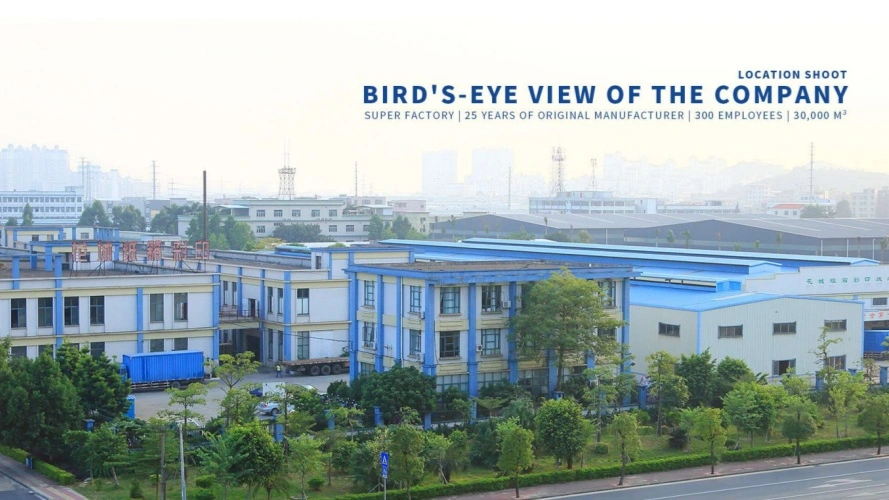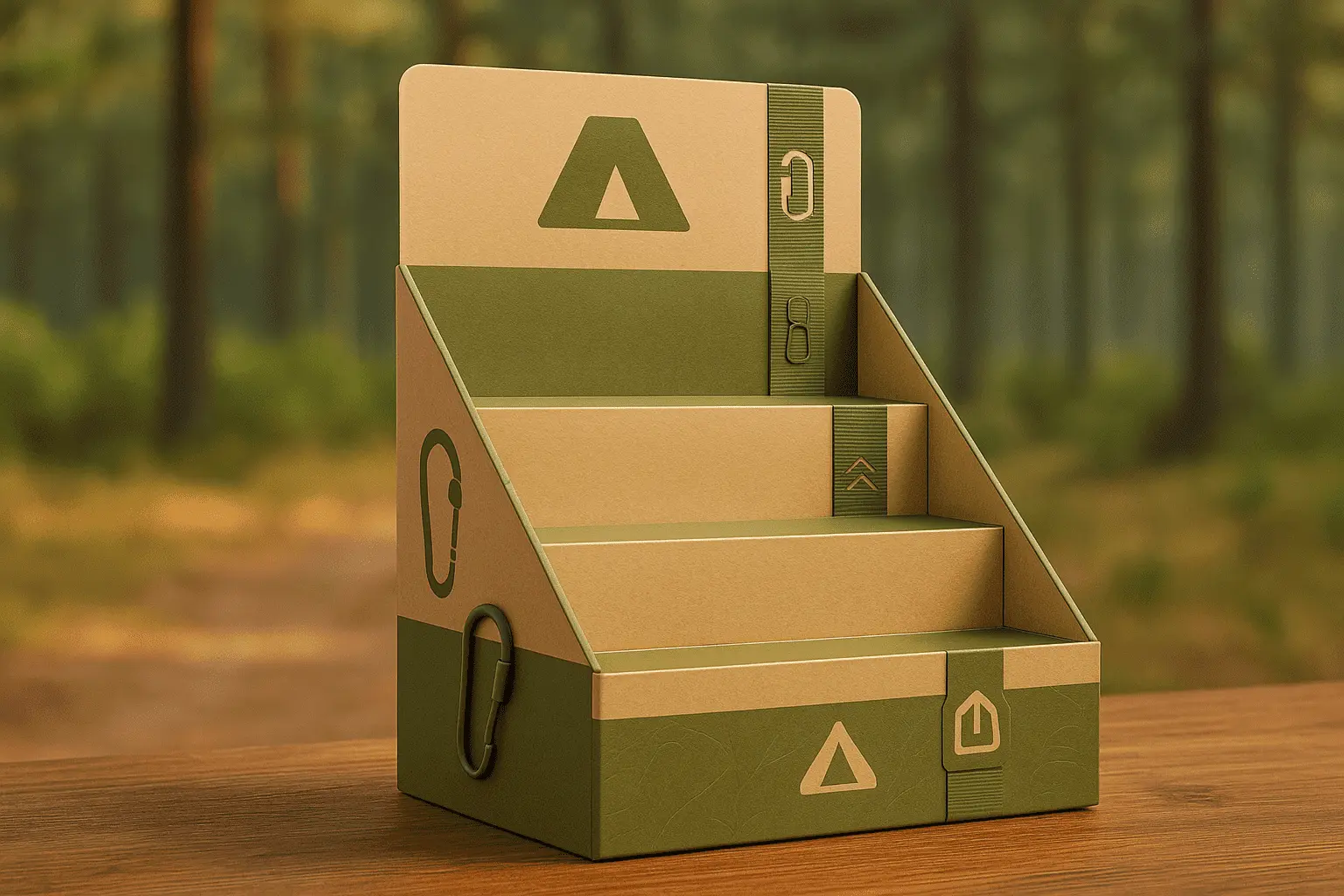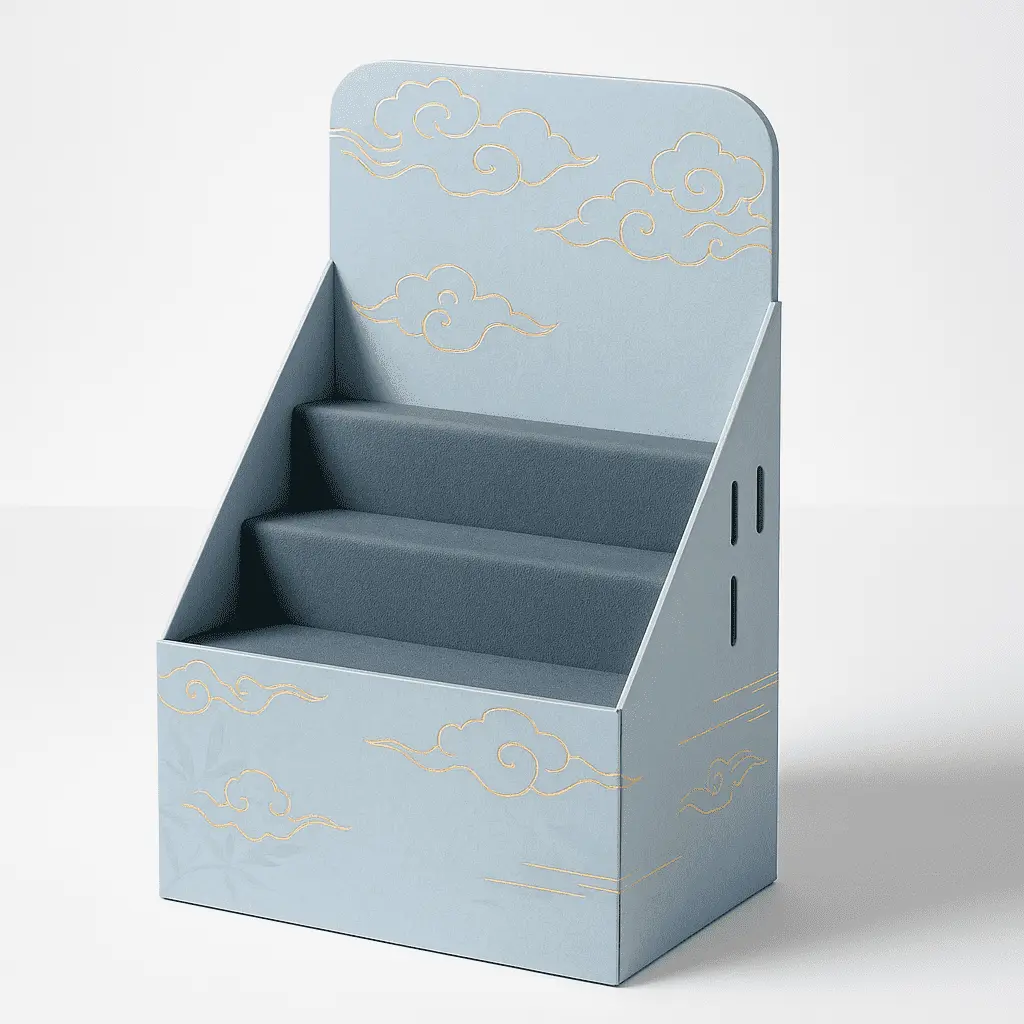Comparing Corrugated Mailer Box Grades: E-Flute vs. B-Flute vs. C-Flute
When it comes to selecting the ideal corrugated mailer box for your shipping needs, understanding the differences between E-Flute, B-Flute, and C-Flute grades is crucial. Each flute grade offers unique characteristics that cater to specific packaging requirements. E-Flute, the thinnest option, provides excellent printability and space efficiency. B-Flute strikes a balance between cushioning and stackability, making it versatile for various products. C-Flute, the thickest of the three, offers superior strength and protection for heavier items. By comparing these flute grades, businesses can make informed decisions to ensure their products arrive safely while optimizing shipping costs and storage space.

Understanding Corrugated Mailer Box Flute Grades
The Anatomy of Corrugated Cardboard
Corrugated cardboard, the primary material used in mailer boxes, consists of three layers: two flat linerboards sandwiching a fluted medium. This structure provides strength, cushioning, and insulation. The flute, or wave-like layer between the liners, plays a crucial role in determining the box's characteristics.
Flute Sizes and Their Impact
Flute sizes vary in height and frequency, affecting the corrugated mailer box's thickness, compression strength, and cushioning properties. E-Flute has the smallest flutes, followed by B-Flute, and then C-Flute. The size of the flutes directly influences the box's performance in different aspects of shipping and storage.
Industry Standards for Flute Grades
While there are industry standards for flute grades, slight variations may exist between manufacturers. Generally, E-Flute ranges from 1.1 to 1.8 mm in thickness, B-Flute from 2.4 to 3.0 mm, and C-Flute from 3.2 to 4.0 mm. These standards help ensure consistency across the packaging industry.
Comparing E-Flute, B-Flute, and C-Flute Mailer Boxes
E-Flute: The Slim Performer
E-Flute corrugated mailer boxes feature the thinnest flute profile, offering a sleek appearance and superior print surface for high-quality graphics and branding. Their compact structure makes them ideal for packaging lightweight, low-risk products without unnecessary bulk. Often chosen for cosmetics, small electronics, or marketing kits, E-Flute is perfect where visual appeal and efficient storage are priorities. These boxes also reduce shipping costs due to their lower volume, making them a practical solution for cost-effective, presentation-focused packaging.
B-Flute: The Versatile Middle Ground
B-Flute corrugated mailer boxes provide a well-rounded option for products needing moderate protection and rigidity. With a medium flute height, B-Flute balances strength and printability, making it suitable for a variety of products such as books, clothing, or household items. It offers better cushioning than E-Flute while maintaining a manageable thickness. Its stackability and resilience make it especially popular in the e-commerce industry, where durability during transit and visual presentation both matter. B-Flute is the go-to choice for versatility in performance and application.
C-Flute: The Robust Protector
C-Flute corrugated mailer boxes are known for their durability and high compression resistance, making them the most protective option among the three flute types. With deeper fluting, C-Flute provides superior cushioning and structural strength, ideal for heavier or highly fragile products. These boxes are commonly used for shipping glassware, electronics, and small appliances where maximum protection is essential. While bulkier than E- or B-Flute, the added thickness ensures product safety during long-distance or rough handling transit conditions, offering peace of mind to both retailers and customers.
Selecting the Right Flute Grade for Your Packaging Needs
Assessing Product Characteristics
Selecting the right flute grade begins with a thorough evaluation of your product’s physical traits. Weight, size, and fragility play critical roles in determining the appropriate corrugated structure. For example, E-Flute, with its thinner profile, is ideal for lightweight, compact, and less fragile items such as apparel or small electronics. In contrast, heavier or more breakable products like glassware or bulk goods may require B-Flute or C-Flute for enhanced cushioning and structural strength. Matching flute type to product attributes ensures both safety and material efficiency during shipping.
Evaluating Shipping Conditions
Shipping environments vary widely, and your chosen flute grade must align with the demands of transit. If your corrugated mailer box will endure rough handling, stacking, or exposure to moisture and temperature changes - as in international or long-distance transport - stronger grades like B-Flute or C-Flute offer greater durability and impact resistance. Conversely, E-Flute is often sufficient for short-distance, local deliveries or when shipped within protective outer cartons. Understanding the shipping conditions your packages will face helps optimize product safety and customer satisfaction while avoiding over-engineering.
Balancing Cost and Performance
Cost-effectiveness is essential, but it should not come at the expense of product protection. E-Flute is generally less expensive due to its thin profile, lower material usage, and reduced shipping weight, making it attractive for cost-conscious brands. However, insufficient protection can lead to higher return rates, damaged goods, and dissatisfied customers. B-Flute and C-Flute offer better protection but come with increased cost and bulk. Finding the optimal balance between protection, performance, and budget is key to selecting the most efficient flute grade for your corrugated mailer box.
Conclusion
Selecting the appropriate corrugated mailer box grade is essential for ensuring product safety, optimizing shipping costs, and enhancing customer satisfaction. E-Flute excels in printability and space efficiency, B-Flute offers versatility for various products, and C-Flute provides maximum protection for fragile or heavy items. By carefully considering your product characteristics, shipping conditions, and budget constraints, you can choose the ideal flute grade that strikes the perfect balance between protection and cost-effectiveness. Remember, the right packaging solution not only safeguards your products but also reflects positively on your brand's commitment to quality and customer care.
Contact Us
Ready to find the perfect corrugated mailer box solution for your business? Our team of packaging experts at Guangzhou Huadu Fetching Color Printing and Packaging Co., Ltd. is here to help. We offer customized packaging solutions tailored to your specific needs, ensuring your products are protected and presented in the best possible way. Contact us today at support@fetchingprinting.com to discuss your packaging requirements and discover how we can elevate your shipping experience.
References
1. Johnson, M. (2022). The Complete Guide to Corrugated Packaging Materials. Packaging Industry Journal, 15(3), 45-62.
2. Smith, A., & Brown, T. (2021). Flute Grades and Their Impact on Shipping Performance. International Journal of Packaging Technology, 8(2), 112-128.
3. Lee, S. (2023). Optimizing E-commerce Packaging: A Comparative Study of Corrugated Flute Grades. Journal of Logistics and Supply Chain Management, 12(4), 78-95.
4. Thompson, R. (2022). Sustainable Packaging Solutions: Analyzing the Environmental Impact of Different Flute Grades. Green Packaging Quarterly, 7(1), 33-49.
5. Garcia, E., & Wilson, D. (2023). The Economics of Corrugated Mailer Boxes: Balancing Cost and Protection. Supply Chain Economics Review, 18(2), 201-218.
6. Patel, N. (2021). Innovations in Corrugated Packaging: Enhancing Performance Across Flute Grades. Packaging Technology and Science, 14(3), 155-172.




